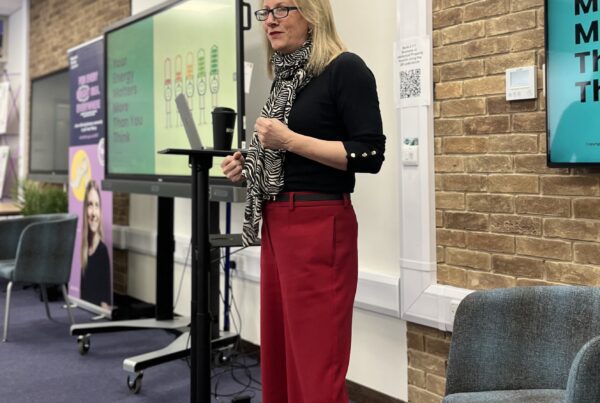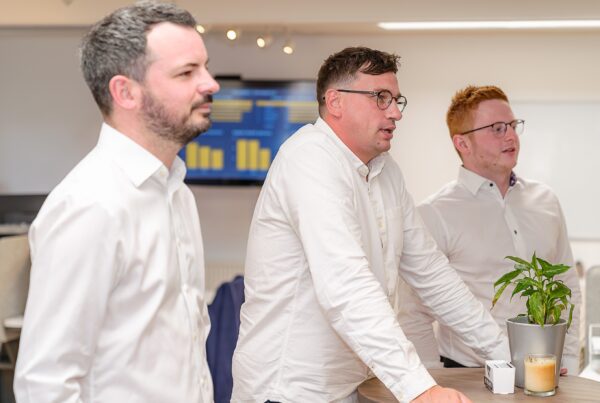The State of Diversity & Inclusion in the Tech World Across the UK
Closing the diversity gap is emerging as one of the most prominent challenges for the UK’s tech industry. While more and more companies are making efforts to drive greater diversity and inclusion in the workplace, there still exists a certain unconscious bias. Thus, the industry has a long way to go.
In this article, we will take a closer look at the state of diversity and inclusion in the UK’s tech industry with the help of Tech Talent Charter’s annual report.
Tech Talent Charter or TTC is a non-profit organization that addresses the issue of inequality in the UK’s tech world. TTC has multiple signatories across different sectors that are dedicated to enhancing diversity and providing equal opportunity to all employees.
So, let’s dive in!
Understanding Gender Diversity in Technical Roles
According to TTC’s 2019 report, some tech disciplines have a higher gender diversity than others. For example, QA had almost an equal number of female and male employees. This was followed by UX Design and other data roles that had one-third of female workers.
Coming to 2020, roles like Product and UX Design reported the highest gender diversity. Both of them having 37% of women employees.
A BCS analysis revealed that in the final quarter of 2020, women comprised just 19% of the UK tech industry. On the other hand, TTC signatories recorded 25% of tech roles being held by women, which is an increase of one percent from last year. While these numbers are heartening, a lot of progress is still to be made.
Ethnic and Regional Diversity
Removing the ethnic and regional talent gap and giving equal opportunities to every software engineering talent is a challenge for tech organisations. A report from Tech Nation found a mere 4% of the nation’s tech workforce is black, Asian, or minority ethnic (BAME). Another problem is that ethnic minority workers are paid almost 10% less than their white counterparts which is a highly concerning statistic.
TTC’s signatories fared better than the industry average, with 25% of its signatories’ reporting tech roles were held by ethnic minorities including Black, Asian, and people of mixed/multi-ethnic backgrounds.
Looking at this regionally, the South East has the highest gender and ethnic diversity. 18% of its tech teams comprise ethnically diverse people. This was closely followed by the East of England with 15% of ethnically diverse individuals working in different tech roles.
Further, Tech Nation’s jobs and skills report shows a significant rise in the demand for digital tech roles like AI and Machine Learning across the UK. In several regions, 1 in 5 advertised job roles are in tech or digital areas. On one hand, this is increasing the competition for diverse software engineering talent and on the other hand, boosting productivity and growth.
Summing Up
While several tech organisations are making strides towards being more diverse and inclusive, there is a lot of work is still to be done. Businesses need to be attentive to all kinds of diversity and inclusion issues, ensuring that steps are taken to eliminate unconscious bias at every opportunity.
Implementing changes in their recruitment policies can be a great way to improve diversity in the tech sector. Organisations can leverage tactics like blind recruiting to remove any kind of unconscious bias and promote gender, ethnic, and regional equality in the workplace. Companies also need to design more robust and strict policies for tackling issues like gender or ethnic discrimination, bullying, the difference in the paycheck, and similar issues.
By being aware of the problem and tackling it head on, tech companies can generate higher performing, diverse teams and foster a safe environment where their employees can flourish.
Get in touch with one of our specialist Software Engineering Talent Partners to chat about how we can help prioritise D&I within your recruitment process.



